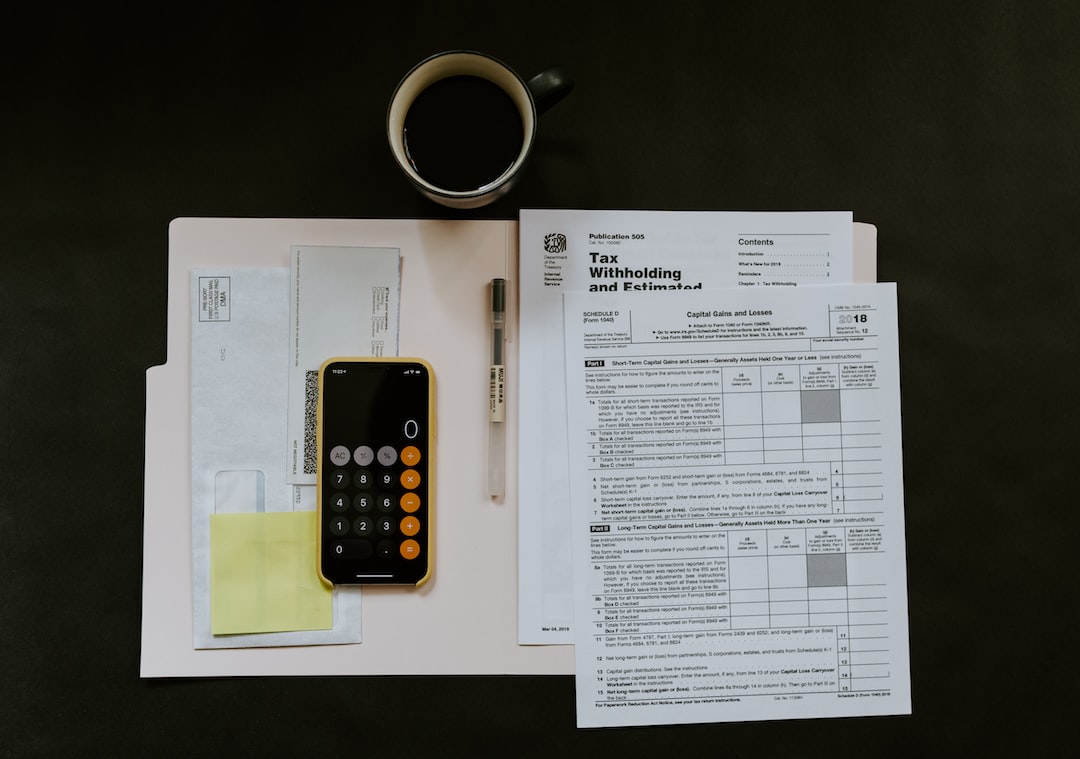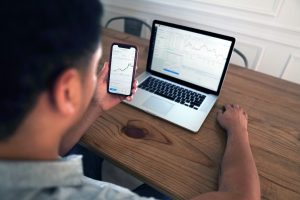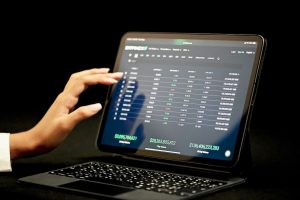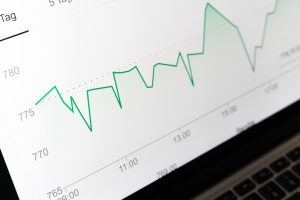Forex trading is a process of buying and selling currencies in the global market. It is a highly volatile market, and traders constantly seek ways to increase their chances of making profits. One way to do this is by using data to trade forex. In this article, we will explain how to use data to trade forex and increase your chances of success.
First, it is important to understand the different types of data that can be used in forex trading. There are three main types of data:
1. Fundamental data: This includes economic indicators such as inflation rates, unemployment rates, and GDP growth rates. These indicators can have a significant impact on the value of currencies.
2. Technical data: This includes charts, graphs, and other visual representations of currency movements. Technical data is used to identify trends and patterns in the market, and to predict future price movements.
3. Sentiment data: This includes information about how traders and investors feel about the market. Sentiment data can be used to predict market movements based on the collective mood of traders and investors.
Now that we have a basic understanding of the different types of data that can be used in forex trading, let’s look at how to use this data to make profitable trades.
1. Use fundamental data to identify currency trends
Fundamental data can be used to identify long-term trends in the forex market. For example, if a country’s economy is growing at a fast pace, its currency is likely to appreciate over time. Traders can use this information to buy that currency and hold onto it for a period of time, hoping to sell it at a higher price in the future.
Similarly, if a country’s economy is struggling, its currency is likely to depreciate over time. Traders can use this information to sell that currency and buy other currencies that are likely to appreciate.
2. Use technical data to identify short-term price movements
Technical data can be used to identify short-term price movements in the forex market. For example, traders can use charts and graphs to identify trends and patterns in the market. They can then use this information to make short-term trades, buying or selling currencies based on these short-term price movements.
3. Use sentiment data to predict market movements
Sentiment data can be used to predict market movements based on the collective mood of traders and investors. For example, if traders and investors are feeling optimistic about the market, they are likely to buy currencies, causing their value to increase. Conversely, if traders and investors are feeling pessimistic about the market, they are likely to sell currencies, causing their value to decrease.
Traders can use sentiment data to identify these trends and make trades accordingly. For example, if sentiment data indicates that traders and investors are feeling optimistic, a trader may buy a currency in the expectation that its value will increase.
In conclusion, data plays a crucial role in forex trading. By using fundamental data to identify long-term trends, technical data to identify short-term price movements, and sentiment data to predict market movements, traders can increase their chances of making profitable trades. However, it is important to remember that no trading strategy is foolproof, and traders should always exercise caution and conduct thorough research before making any trades.






